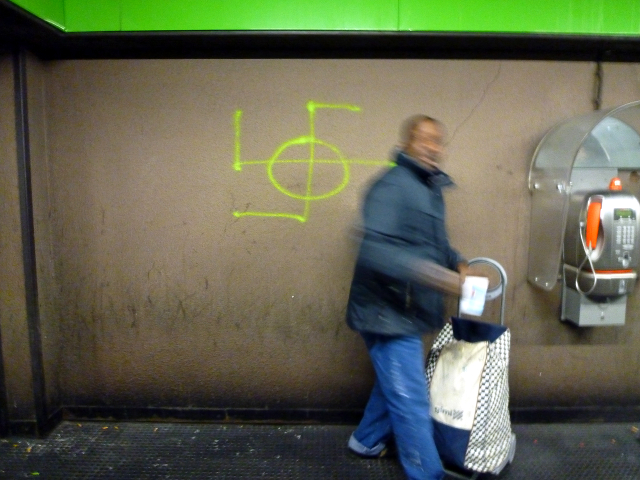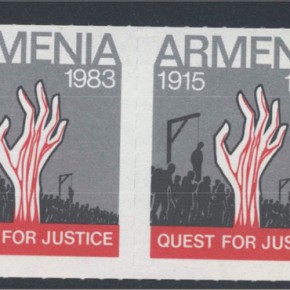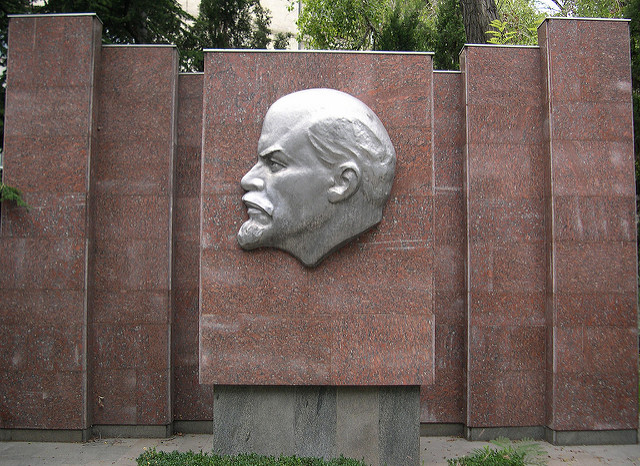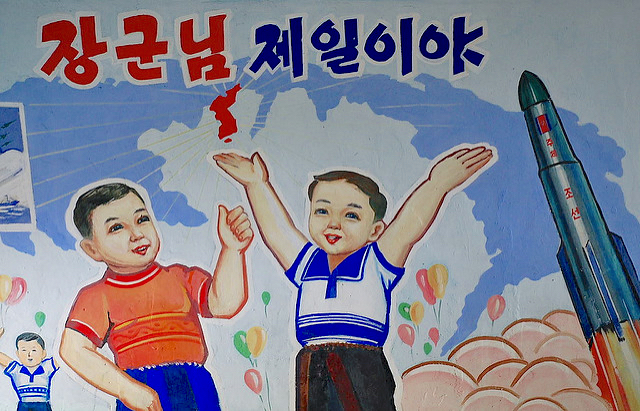Multiculturalism isn’t an abstraction. It’s about people of different ethnic backgrounds, living together, as equals. Predicated on the idea that in an increasingly globalized world, governments must develop policies that encourage tolerance and foster integration. Initially associated with Canadian immigration policy, over the last half century, the term has become a synonym used to describe the ethnic transformation of European society.
Facts, unfortunately, are not necessarily convincing. Particularly in cultural and religious matters, in countries where immigration is still relatively new.
Italy is a perfect case in point, insofar as, despite its own internal diversity – linguistically, culturally, ethnically – mass immigration, from southeastern Europe, the Middle East, and Africa has galvanized the country’s extremists, who use the presence of foreigners to advance their own agenda.
Typical of such scenarios is the abstraction of race and culture. They’re moralized, as threats against Italians and their idealized way of life and livelihoods. Liberals and leftists feed into this, insofar as they are forced into defending the positives of diversity. Not exactly an easy task, especially considering the fact that it requires appeals to respect and tolerance, in a country regressing to developing world status.

Hence the racism which Italy has become reknown for in recent years, such as that proffered by its former Prime Minister, Silvio Berlusconi, and the country’s center-right parties, all of whom traffic in various forms of incitement. They leave little room for an experience of difference that would lead Italians to understand the tragedy built into photographs like these – of migrants forced to clean up Swastikas (the lead photo,) or getting hassled by soldiers for selling handbags on the street.
Hence the significance of flyers such as the one below, translated by Giulia Pace. It’s about African labor politics in colonial Senegal, not Italy. Photographed in Turin’s San Salvario neighborhood, the low-fi, text-heavy treatise, appears to be a modified translation of a French newspaper article. It’s a curious artifact, in this sort of context, as the Senegalese struggle against France has obvious parallels for African migrants, in today’s Italy. Not to mention, the rest of Europe.

RIGHTS AND FREEDOM: THE 1947 STRIKE ON THE DAKAR-NIGER RAILWAY LINE
October 10th, 1947: it’s the beginning of a 5 and-a-half month strike that will involve 20, 000 workers, their families and neighbors.
The railway line involved is the one starting in Dakar, Senegal, [terminating at] Koulikoro, Mali. A 1289 kilometers railroad. Conceived in 1881 as an instrument for colonization, necessary for the transportation of agricultural and mining products to the Dakar harbor, [therefore to the West,] it will become a symbol of indigenous resistance.
In 1946, the railway employs 478 Europeans and 17, 455 Africans, most of them temporary auxiliary workers.
On October 10th 1947, the “Fédération des travailleurs indigenes des chemnis de fer de l’Afrique-Occidentale française”, leaded by Ibrahima Sarr, a railwayman since 1935, starts an unprecedented strike, involving nearly everyone, and all the length of the railway. After three weeks, only 38 Africans are still working, and the few trains still working are boycotted by the [local] population.
African railway employees claim an [independent] management], a unique, non-racial, hierarchy, the same advantages and the same remuneration as their white peers.
Seeing that the Africans have adopted the instruments of the French working class is not well-received by the colonial administration. A September 1938 a strike attempt in Thiès (Senegal,) a center for important railway industries, is suppressed, with [much] bloodshed, by the French army.
The management will try hard to sabotage the strike: it will hire “scabs,” suspend salaries and prohibit merchants [from giving] credit to strikers. But it will not consider African social and family organization, [which is] based on solidarity. No one will starve, the strikers being helped by their communities. Colonial administration will have to surrender to the political and union awareness of the West Africans. It’s the beginning of the movements towards independence from the colonizer.
In 1960, the memory of this “strike of the strikes”, the first act of the [movement] towards African emancipation, is immortalized in the novel of the Senegalese writer and director Ousmane Sembène, “Les Bouts de bois de Dieu.”
http://lexpansions.lexpress.fr/afrique/la-ligne-de-chemin -de-fer-dakar-bamako_27358.html
“Les Bouts de bois de Dieu”, Ousmane Sembéne, Ed. Pocket (2002)
THE STRUGGLE HAS NO BORDERS
Translated from the Italian by Giulia Pace. Photographs courtesy of Joel Schalit.





